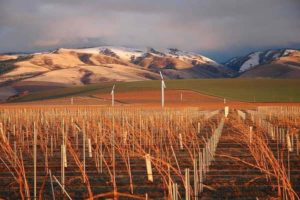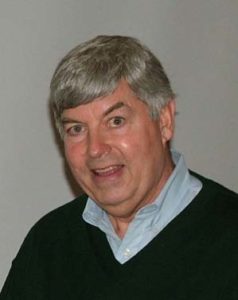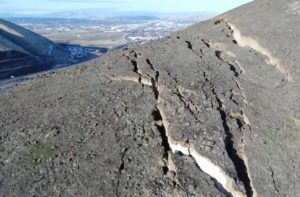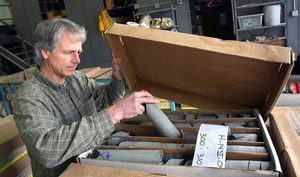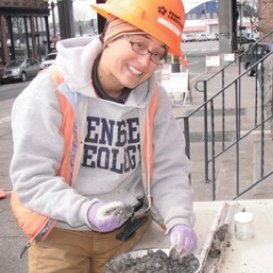
About the Talk
Geoarchaeology in Washington: Hidden Landforms and Buried History
Brandy Rinck presents the multi-disciplinary approach that uses methods and techniques from geology, geography, and other Earth science fields to study archaeology. This presentation considers how geoarchaeology applies to the field of cultural resources management in Washington State through example project descriptions and archaeological site accounts from the north coast of the Olympic Peninsula, the Puyallup River delta front, and the Chehalis River basin.
Archaeological sites on the Olympic Peninsula are often unique in type and some contain evidence of the first people to arrive in the region after the Last Glacial Maximum. This presentation includes a brief overview of current theories on human migration and initial occupation of the area. The presentation will include artifact and site photographs. Replica stone tools and stone tool byproducts will be available for attendees to handle at the end of the talk.
The end goal of this presentation is to explore the archaeological sensitivity of western Washington through the lens of geoarchaeology in order to understand why different depositional environments carry a diverse potential for encountering buried cultural materials at variable depths. When utilized by planners and developers, geoarchaeological data can focus archaeological field survey efforts and plan future project ground disturbance in order to increase efficiency and decrease costs.
 About the Speaker
About the Speaker
Brandy is a geoarchaeologist with King County Parks and Recreation in Renton, WA. She got degrees in Anthropology and Geology at SUNY Geneseo, followed by an M.A. in Geoarchaeology at Boston University. Ten years ago, Brandy moved to the Pacific Northwest to work in the field of Cultural Resources Management for a private firm in Seattle. She is extremely active in a number of Geology and Archeology groups in Puget Sound.

